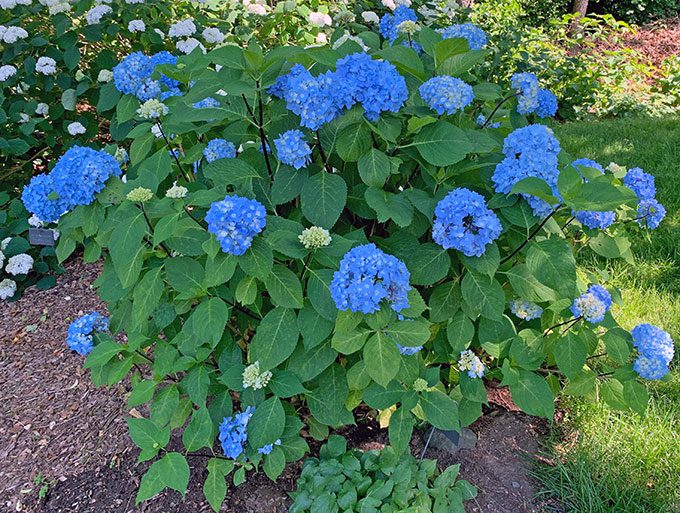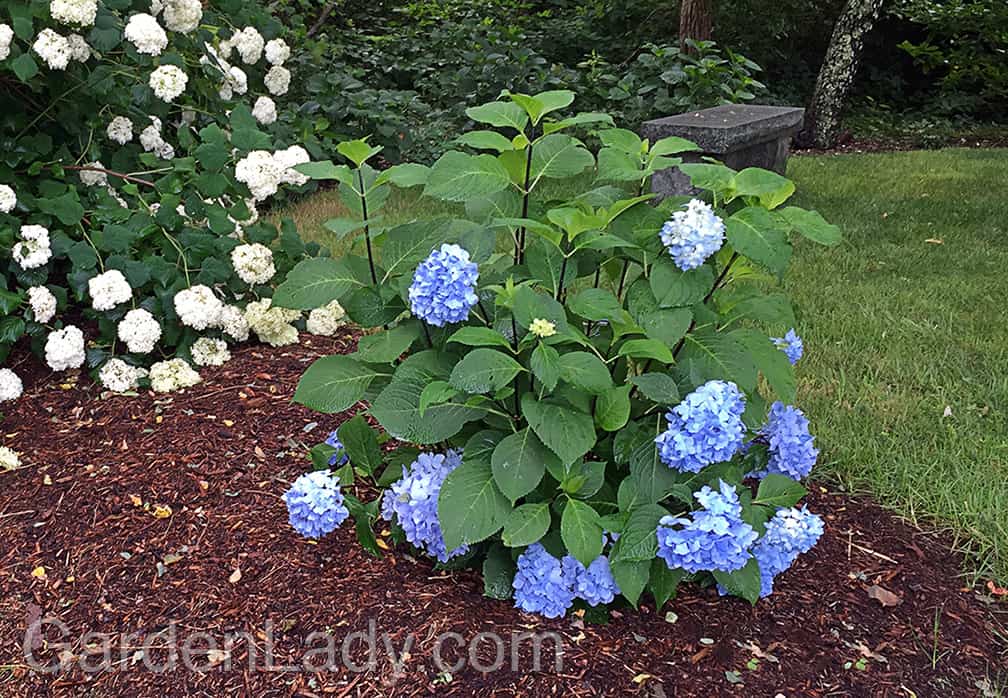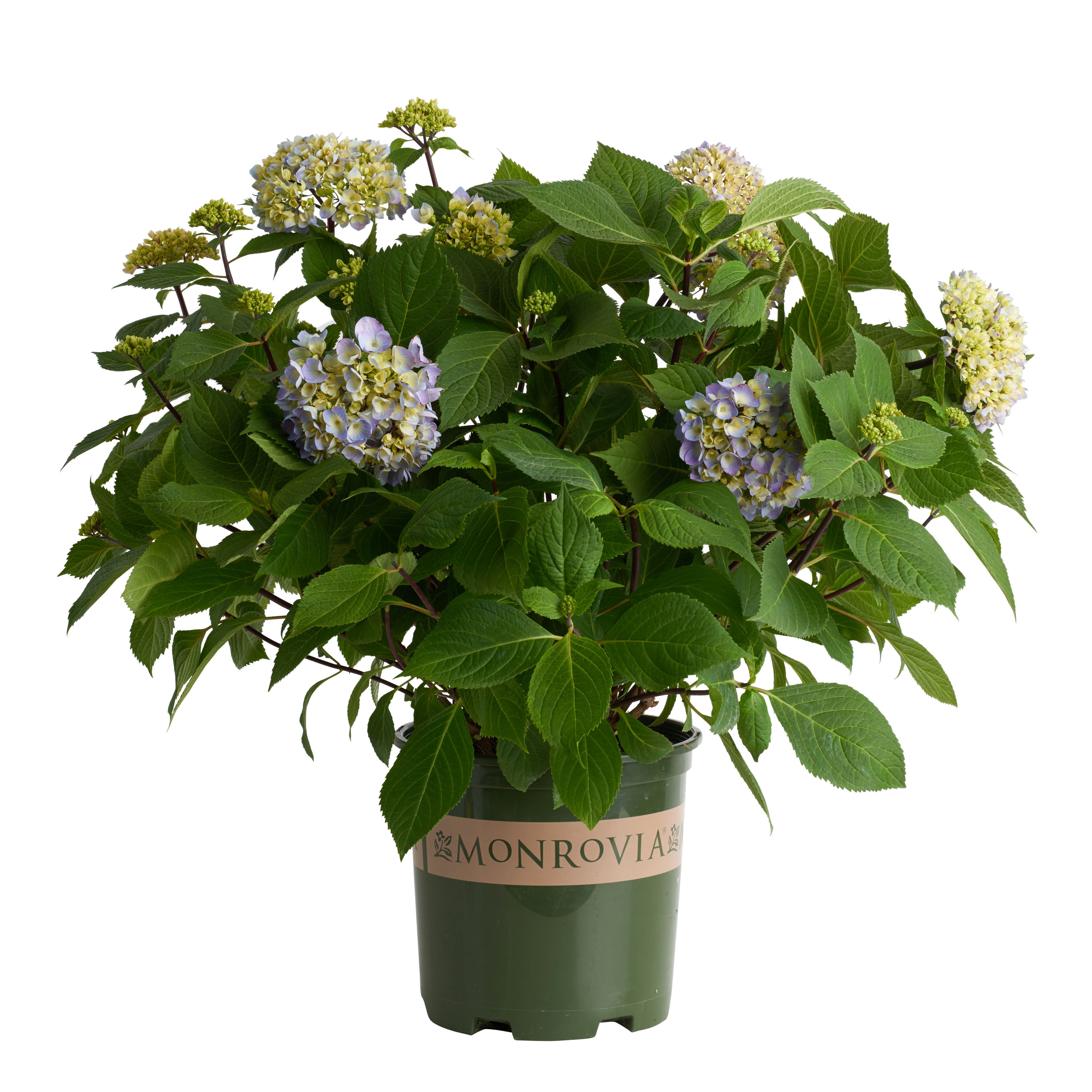Blue Enchantress Hydrangea: The Ultimate Guide To Growing And Caring For This Stunning Shrub
Title: Blue Enchantress Hydrangea: The Ultimate Guide to Growing and Caring for This Stunning Shrub
Introduction:
Hydrangeas are some of the most popular shrubs in the world, and for good reason. They are beautiful, versatile, and relatively easy to care for. Blue Enchantress Hydrangea is a particularly stunning variety, with large, blue flowers that bloom in the summer.
In this blog post, we will provide you with the ultimate guide to growing and caring for Blue Enchantress Hydrangea. We will cover everything from choosing the right location to fertilizing and pruning. By the end of this post, you will be well on your way to growing a beautiful and healthy Blue Enchantress Hydrangea.
Main Content:
Choosing the right location:
Blue Enchantress Hydrangeas prefer full sun to partial shade. They will tolerate full sun in cooler climates, but they may need some afternoon shade in hot, sunny areas. The soil should be well-drained and rich in organic matter.
Planting:
Blue Enchantress Hydrangeas should be planted in the spring or fall. Dig a hole that is twice as wide and as deep as the root ball. Amend the soil with some compost or other organic matter. Place the plant in the hole and backfill with soil. Water the plant well.
Fertilizing:
Blue Enchantress Hydrangeas should be fertilized in the spring and summer. Use a balanced fertilizer, such as 10-10-10. Apply the fertilizer according to the package directions.
Pruning:
Blue Enchantress Hydrangeas should be pruned in the spring, after the flowers have faded. Prune back any dead, diseased, or damaged branches. You can also lightly prune the plant to shape it.
Overwintering:
In colder climates, Blue Enchantress Hydrangeas may need some protection from the winter cold. Mulch the plant with a few inches of organic matter. You may also need to cover the plant with a burlap sack or other protective material.
Troubleshooting:
Why is my Blue Enchantress Hydrangea not blooming?
There are a few reasons why your Blue Enchantress Hydrangea might not be blooming. One possibility is that the plant is not getting enough sunlight. Blue Enchantress Hydrangeas need at least 6 hours of sunlight per day. Another possibility is that the plant is not getting enough water. Blue Enchantress Hydrangeas need regular watering, especially during the hot summer months. Finally, the plant may not be getting enough fertilizer. Fertilize the plant in the spring and summer to encourage blooming.
Other problems:
Other problems that you may encounter with Blue Enchantress Hydrangeas include leaf spot, powdery mildew, and aphids. Leaf spot is a fungal disease that causes brown spots on the leaves. Powdery mildew is a fungal disease that causes a white powdery coating on the leaves. Aphids are small, sap-sucking insects that can damage the leaves and flowers.
Conclusion:
With proper care, Blue Enchantress Hydrangeas will reward you with beautiful, blue flowers for many years to come. By following the tips in this blog post, you can help ensure that your plant thrives.
The Blue Enchantress hydrangea is a beautiful and versatile plant that can add a touch of elegance to any garden. It is known for its large, blue-purple blooms that can reach up to 12 inches in diameter. Blue Enchantress hydrangeas are relatively easy to care for and can thrive in a variety of conditions. They prefer full sun to partial shade and moist, well-drained soil.
If you are interested in learning more about Blue Enchantress hydrangeas, I recommend visiting Garden Wiki. This website provides detailed information about the plant, including its history, care requirements, and pest and disease resistance. You can also find photos of Blue Enchantress hydrangeas in bloom, as well as tips for planting and caring for them in your own garden.
FAQ of blue enchantress hydrangea
- What is Blue Enchantress hydrangea?
Blue Enchantress hydrangea is a large, deciduous shrub that is known for its large, blue mophead flowers. It is a rebloomer, which means it will bloom twice in a season, once in the summer and again in the fall. Blue Enchantress hydrangea is hardy in USDA zones 5-9 and prefers partial shade to full shade.
- How do I care for Blue Enchantress hydrangea?
Blue Enchantress hydrangea is relatively easy to care for. It needs well-drained soil that is rich in organic matter. It should be watered deeply and regularly, especially during the first growing season. Blue Enchantress hydrangea also benefits from a light application of fertilizer in the spring.
- Why is my Blue Enchantress hydrangea not blooming?
There are a few reasons why your Blue Enchantress hydrangea might not be blooming. One possibility is that it is not getting enough sunlight. Blue Enchantress hydrangea prefers partial shade to full shade, so if it is getting too much sun, it may not bloom. Another possibility is that the plant is not getting enough water. Blue Enchantress hydrangea needs to be watered deeply and regularly, especially during the first growing season. Finally, the plant may not be getting enough fertilizer. Blue Enchantress hydrangea benefits from a light application of fertilizer in the spring.
- How do I change the color of my Blue Enchantress hydrangea?
The color of Blue Enchantress hydrangea can be changed by adjusting the pH of the soil. In acidic soil, the flowers will be blue. In alkaline soil, the flowers will be pink. To change the color of your Blue Enchantress hydrangea, you can add aluminum sulfate to the soil to make the flowers bluer, or you can add lime to the soil to make the flowers pinker.
- What are some pests and diseases that affect Blue Enchantress hydrangea?
Blue Enchantress hydrangea is susceptible to a few pests and diseases, including aphids, scale, and powdery mildew. Aphids are small, sap-sucking insects that can cause the leaves of the plant to curl and yellow. Scale is a small, armored insect that can also damage the leaves of the plant. Powdery mildew is a fungal disease that can cause the leaves of the plant to become covered in a white, powdery substance. If you see any of these pests or diseases on your Blue Enchantress hydrangea, you can treat them with insecticidal soap or fungicide.






Post a Comment for "Blue Enchantress Hydrangea: The Ultimate Guide To Growing And Caring For This Stunning Shrub"